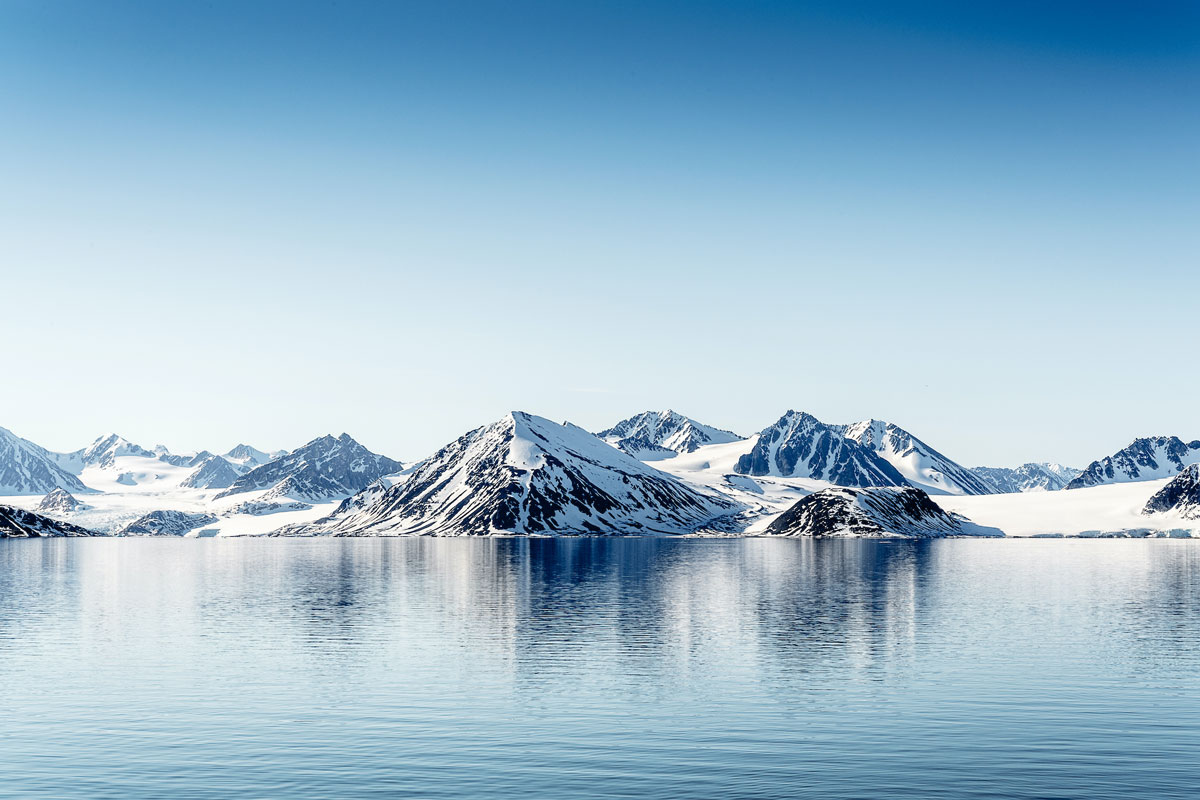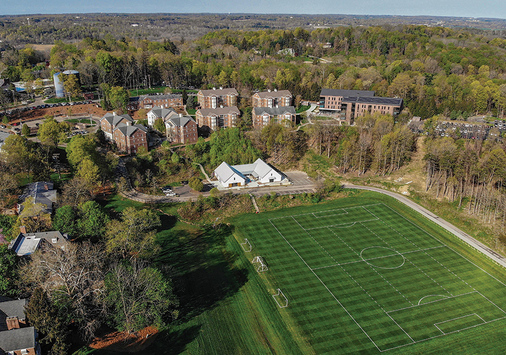
For his first longform journalism story, Ryan Strother ‘17, an English and environmental studies double major, headed north.
“I got a chance to spend two chilly weeks in the Canadian Arctic, and interview Inuvialuit and Parks Canada researchers about the permafrost slumping into the Beaufort Sea,” says Strother.
“People ask me what I studied in college all the time. I’m proud to say English and Environmental Studies. It’s also fun to tell people I’m an environmental journalist and put every single credit hour to work every day.”
Strother’s article, titled “Arctic communities are living in a future nobody wants Permafrost slump,” was published in engadget.com.
It begins:
The main stem of the Mackenzie River flows wild and uninterrupted by dams across Canada, as it has since the recession of the Laurentide Ice Sheet. Draining the eastern end of the Great Slave Lake, the river meanders for more than 1,600 northwesterly kilometers through gnarled stands of black spruce before fanning out across the treeless arctic tundra, depositing sediment in a delta stretching from the Yukon territories in the west to the hamlet of Tuktoyaktuk on its east branch. At its terminus, the Mackenzie finally discharges more than 325 cubic kilometers of fresh water into the Arctic Ocean each year, accounting for roughly 11 percent of the world’s total river flow into the Arctic Ocean.














